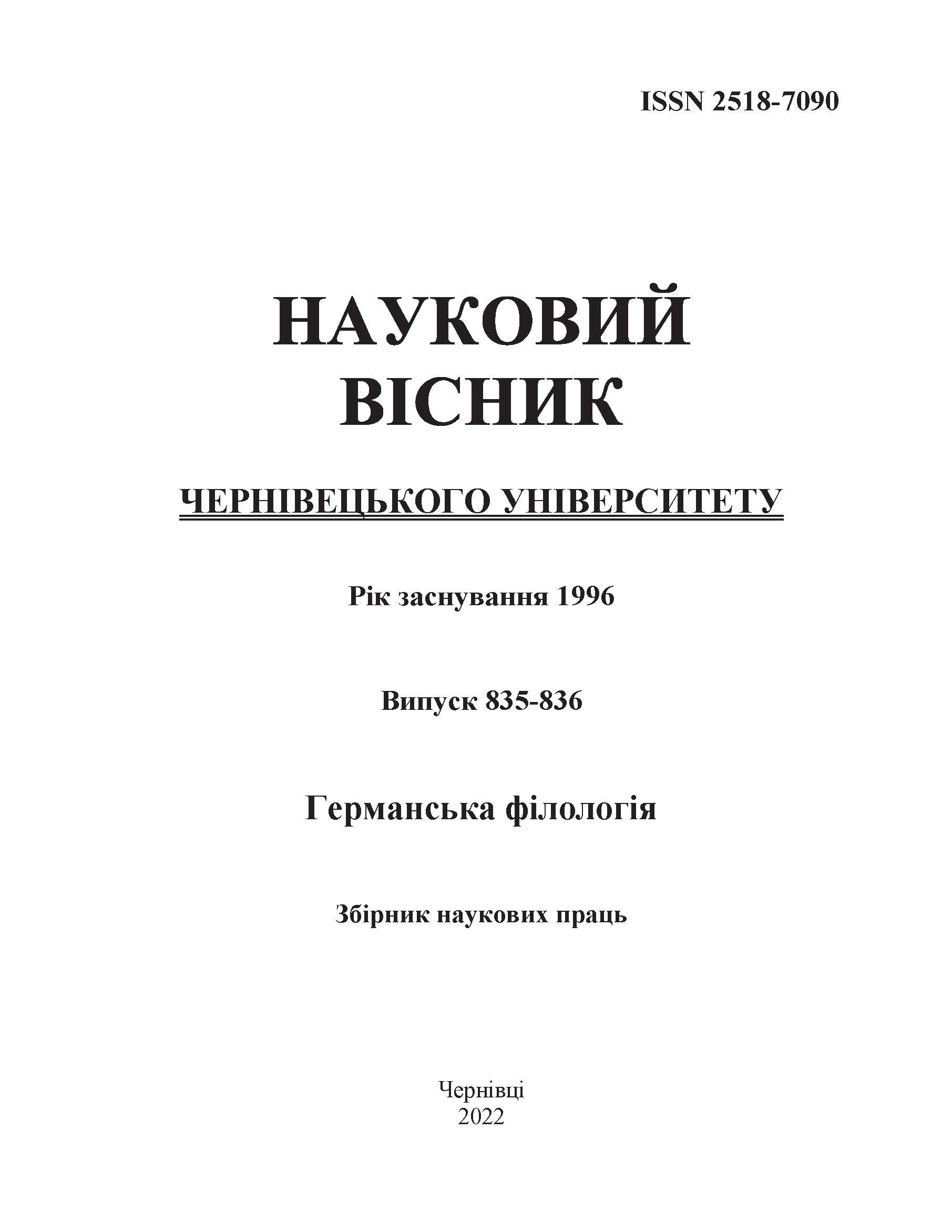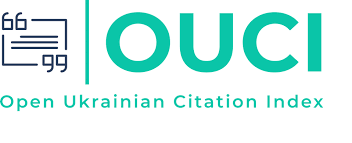МЕТАФОРИЧНА РЕПРЕЗЕНТАЦІЯ УКРАЇНИ В СУЧАСНОМУ АНГЛОМОВНОМУ МАС-МЕДІЙНОМУ ДИСКУРСІ
DOI:
https://doi.org/10.31861/gph2022.835-836.83-93Ключові слова:
концептуальна метафора, мас-медійний дискурс, образна метафора, онтологічна метафора, структурна метафора, просторова метафораАнотація
Стаття присвячена опису метафоричного представлення образу України в мас-медійному дискурсі. Основною формою вираження метафоричного втілення образу України в англомовних засобах масової інформації виступає концептуальна метафора. Особливу увагу звернено на визначення поняття концептуальної метафори та її класифікацію. Суть концептуальних метафор полягає у представленні складних і абстрактних областей людського досвіду через більш прості й конкретні. За Дж. Лакоффом і М. Джонсоном, концептуальні метафори поділяють на традиційні та образні. Традиційні, в свою чергу, діляться на онтологічні, просторові та структурні метафори. Традиційні метафори зазвичай використовується в повсякденній мові та культурі, і сприймаються як звичні способи концептуалізації дійсності. Образні метафори відтворюють індивідуальний погляд на світ суб’єкта дискурсу і є залежними від контексту. Концептуальна метафора виступає засобом творення та подання оцінки образу України в іноземних англомовних газетних статтях на основі її подібності з речами реального світу. Аналіз метафоричних висловлювань, дібраних із публікацій сучасних англомовних онлайн видань The Atlantic, The Boston Globe, London Free Press, The L.A. Times, MSN UK, The Washington Post, Tribune Online, The Bangor Daily News, StarTribune, New York Post, The Daily Item, Wales Online, The New York Times, Fox News за лютий-березень 2022 року, показав, що образ України представлений в англомовному мас-медійному дискурсі такими метафорами: УКРАЇНА−ЖИВА ІСТОТА/ОРГАНІЗМ, УКРАЇНА−ДОСЛІДНИК, УКРАЇНА−ЛЮДИНА, ЩО НАДИХАЄ, УКРАЇНА−ЖЕРТВА, УКРАЇНА−ВОЇН, УКРАЇНА–МИСЛИВЕЦЬ, УКРАЇНА−СУПЕРНИК, УКРАЇНА−МІСЦЕ, УКРАЇНА−ЗАБРУДНЕНЕ МІСЦЕ, УКРАЇНА−РЕЧОВИНА, УКРАЇНА−ОБ’ЄКТ ВИНИЩЕННЯ,
УКРАЇНА–РОБОТОДАВЕЦЬ (які відносимо до онтологічних), УКРАЇНА – ПОДОРОЖУЮЧИЙ, УКРАЇНА–РУХОМА СИЛА, УКРАЇНА−ПОШИРЮВАЧ (просторові метафори), УКРАЇНА−ІНТЕГРАЛЬНА ЧАСТИНА, УКРАЇНА–ОБ’ЄКТ, ЯКОМУ МОЖНА НАДАТИ ФОРМУ (структурна метафора), УКРАЇНА−ЗАХИСНИЙ БУФЕР, УКРАЇНА−ЗАГРОЗА, УКРАЇНА–ВИБІР, УКРАЇНА–ПОЛЕ ВБИВСТВА, УКРАЇНА–ПОЛІГОН ДЛЯ ВИПРОБУВАНЬ, УКРАЇНА–ОБ’ЄКТ ЖЕРТВОПРИНОШЕННЯ, УКРАЇНА–ДВИГУН, УКРАЇНА−ДІМ, УКРАЇНА–ЖИТТЯ,
УКРАЇНА−ЦІЛЬ, УКРАЇНА−ПІШАК, УКРАЇНА−КРОК, УКРАЇНА–ВОРОТА (образні метафори).
Виокремлення вище згаданих концептуальних метафор окреслило особливості сприйняття сучасної України англомовними спільнотами та дало характеристику подіям, які відбуваються в країні.







